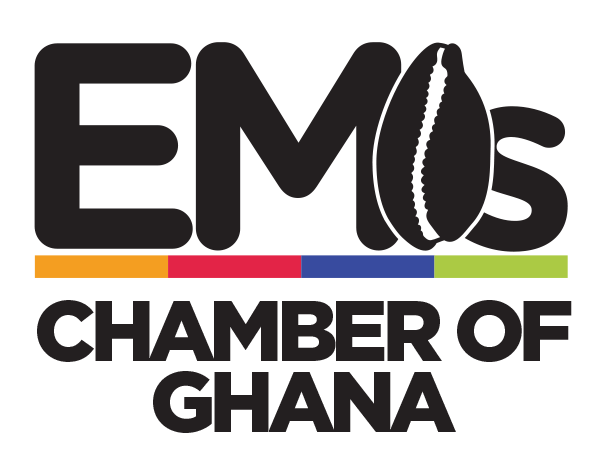According to ETSI’s “Fiber to Everywhere” vision, next-generation optical access networks not only improve bandwidth, but also provide full-service bearing, low latency, and intelligence, and in doing so serve diversified service scenarios such as home, government, enterprise, campus, industrial Internet, and cloud access. Many new digital applications require 10 Gbps access bandwidth, high network performance, and premium experience. Such applications include online enterprise collaboration based on holographic technologies, smart manufacturing based on 3D machine vision in factories, Wi-Fi 7 aggregation and bearing in campuses, and XR-based metaverse in homes. To meet these needs, the communications industry has chosen 50G PON as the underlying technology, with ITU-T officially releasing 50G PON as the next-generation PON standard in September 2021.
In addition to meeting service upgrade requirements, 50G PON also needs to protect operators’ network investments and supports migration of installed-base users. In fiber to the home (FTTH) construction, the optical distribution network (ODN) accounts for about 80% of the total investment. The introduction of new technologies must maximize the protection of ODN investment. In addition, any new technology must be compatible with the nearly 800 million installed-base FTTH users worldwide. To address these needs, Huawei’s 50G PON solution features two major innovations.
Carrying New Services with Existing ODNs
By using innovative cell-level tapered amplifiers and superlattice reflection structures, Huawei’s 50G PON optical modules increase the transmit power by 4.5 times, increase the photon absorption rate from 70% to nearly 100%, and increase the optical power budget by 25%, enabling existing ODNs to carry new services.
Smooth Service Upgrade
In Huawei’s 50G PON solution, the size of optical modules is reduced by 40% thanks to the unique high-precision angular multiplexing/demultiplexing and multi-component integrated chip technologies, and one port supports all GPON, 10G PON, and 50G PON working modes. In this way, network upgrade does not affect existing users, achieving smooth service upgrade.
In addition, Huawei’s 50G PON service boards can be directly deployed on existing OLTs, helping operators quickly introduce 10G access while minimizing total cost of ownership (TCO). 50G PON is also future-proof and maximally protects operators’ investments. It is the optimal evolution path to next-generation PON for 10G access and has been chosen by mainstream operators serving 70% of global FTTH users. Huawei’s 50G PON solution meets the requirements of 10G services in various scenarios, and can help operators build a 10G all-optical access base.
In the future, Huawei is looking forward to working with industry partners to commercialize 50G PON on a large scale, build ubiquitous fiber connections, and realize a fully connected, intelligent world.
Source: telecom.com




